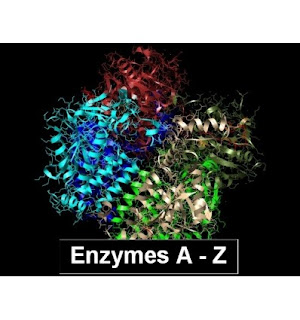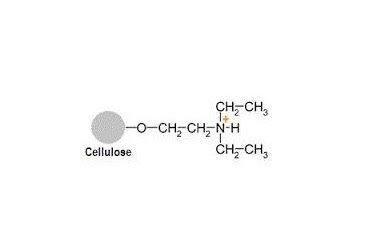Find Cost Effective Glucose Oxidase
Gox is usually used to determinate the free glucose in body fluids, in vegetal raw material, and in the food industry. It also has many uses in biotechnologies, normally enzyme examines for biochemistry including biosensors in nanotechnologies.
Function of Glucose Oxidase
Glucose oxidase is synthesized in different species of fungi and insects where it is
used to produce hydrogen peroxide which in turn kills bacteria. This unknown enzyme,
while playing only a minor role in natural settings, has become the center of a
billion biotech industry. It is utilized as the heart of biosensors that
measure the amount of glucose in blood. The trick to these biosensors is that
the enzyme takes something that is complex to measure glucose and creates
something that is simple to measure--hydrogen peroxide. A typical laboratory
glucose meter comprises some of the enzyme trapped inside a membrane. Glucose
enters the sensor and is transformed to glucolactone. In the procedure,
hydrogen peroxide is formed, which is then sensed by a platinum electrode. The
more glucose there is in the sample, the more peroxide is produced, and the
stronger the signal at the electrode.
Controlling Price
Platinum
electrodes are costly, so newer biosensors utilize a serendipitous property of Gox
to create even more price affordable glucose meters. Gox is very particular for
glucose in the initial oxidation reaction, but can use many diverse compounds
as the final electron acceptor, not just oxygen. So, biotech researchers have
improved different "mediator" molecules, such as ferrocene, to work
in place of oxygen. These molecules pick up electrons from the glucose
reaction, and then bring them directly to a cheaper type of electrode.




Comments
Post a Comment